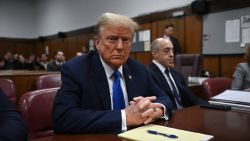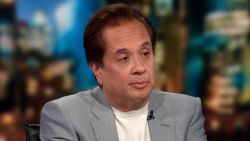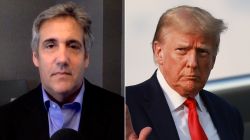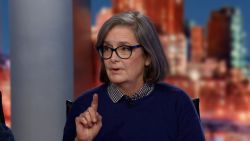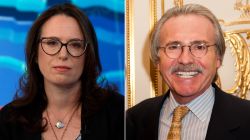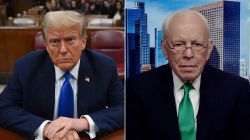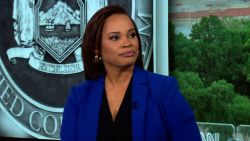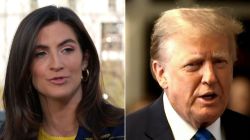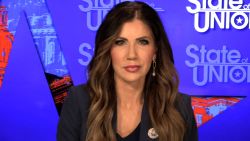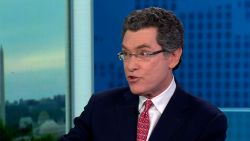President Donald Trump is trying to outrun a possible recession as he runs for reelection in 2020, but his efforts to keep the economy going now might make any downturn harder to fix.
Trump says he’s looking at a range of proposals to keep the economy moving – everything from giving workers a pay bump by cutting payroll taxes to cutting capital gains taxes for investors.
But economists say attempts by the President to get ahead of a slowdown today would leave policymakers with far less ammunition to fend off further calamities down the road.
“We’re shooting all the arrows before we even need to start shooting,” said Steven Rosenthal, a senior fellow at the nonpartisan Tax Policy Center. “If things turn out badly, our conventional tools will have been exhausted to a great degree.”
During past downturns, both Democrats and Republicans – including former Presidents George W. Bush and Barack Obama – have leaned on tools like one-time tax rebates or extended unemployment benefits to spur consumer spending, a major driver of economic growth.
The US economy appears – at least for now – to be chugging along, with growth at 2.1%. Wages for workers have grown. Unemployment remains at a historic 50-year low. And consumers are still spending at a clip at their favorite retailers.
Concerns about a slowdown and an eventual general recession has increased since the beginning of August as the chances of a trade deal with China have receded. Several major countries have reported poor growth, with Germany’s economy contracting slightly. Classic market indicators are blinking red, with the yield curve on US bonds (briefly) inverting last week for the first time since the pre-recession year of 2007.
JPMorgan Chase warned last week that the probability of a downturn over the next 12 months has climbed to 40%. Bank of America says the odds of a recession next year are greater than 30%. And Goldman Sachs says the recession risk is rising because of Trump’s trade war, though the bank’s head said last week he’s not concerned about an imminent crisis.
The President has taken to blaming the media for scaremongering, as well as hitting his favorite scapegoat, the Federal Reserve, over what he believes are too-high interest rates.
“We’re very far from a recession,” Trump said on Tuesday. “In fact, if the Fed would do its job, I think we would have a tremendous spurt of growth. A tremendous spurt.”
In recent months, Trump has been leaning heavily on the Fed to keep the US economy on solid ground as manufacturing activity has fallen into recession. Business investment has remained on the sidelines amid uncertainty over the ongoing trade war with China as well as the slower prospects for global growth.
Trump called on the Fed, which he described “as psychologically important,” to cut rates by as much as 100 basis points “over a period of time” to help jump start the economy.
But Fed Chairman Jerome Powell has called for a more cautious approach that relies on incoming data. He’s expected to give a hint later this week whether he’s willing to press further ahead with additional cuts next month, or intends to hold fire until the economy begins to show signs of a sharper downward turn.
In July, the Fed cut rates for the first time since the Great Recession lowering interest rates to a range between 2% and 2.25%. But it remains unclear if that initial rate cut will bring a series of others.
“There really is no reason why the expansion can’t keep going,” Powell told reporters at the time, describing the cut as a “mid-cycle adjustment” to interest rate policy.
The Fed will on Wednesday release the minutes of that meeting, which may show whether policymakers are leaning toward additional rate cuts. Wall Street is already expecting three more interest rate cuts in September, December and January.
The catch, however, is further rate cuts this year may not be enough to overcome the lasting damage of Trump’s trade war on the US economy.
“If we had a cut in interest rates by the Fed – if they would do their job properly, and if they would do a meaningful cut, because they raise too fast, you would see growth like you’ve not seen ever in this country,” Trump argued on Tuesday – before countering his case, again, by repeating that the economy is still in good shape.
“I mean, our country is doing very well,” he said, twice.




